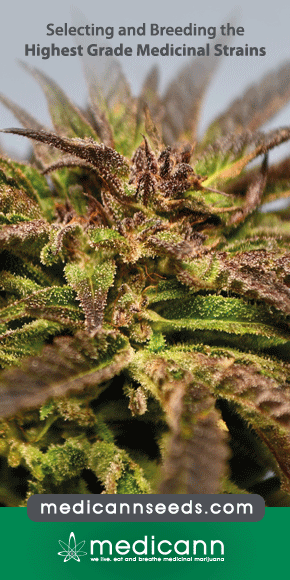Is Cannabidiol a Promising Substance for New Drug Development? A Review of its Potential Therapeutic Applications
The pharmacological importance of cannabidiol (CBD) has been in study for several years. CBD is the major nonpsychoactive constituent of plant Cannabis sativa and its administration is associated with reduced side effects. Currently, CBD is undergoing a lot of research which suggests that it has no addictive effects, good safety profile and has exhibited powerful therapeutic potential in several vital areas.


